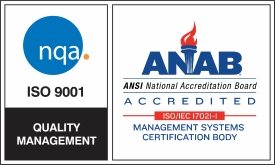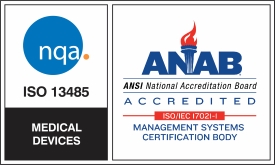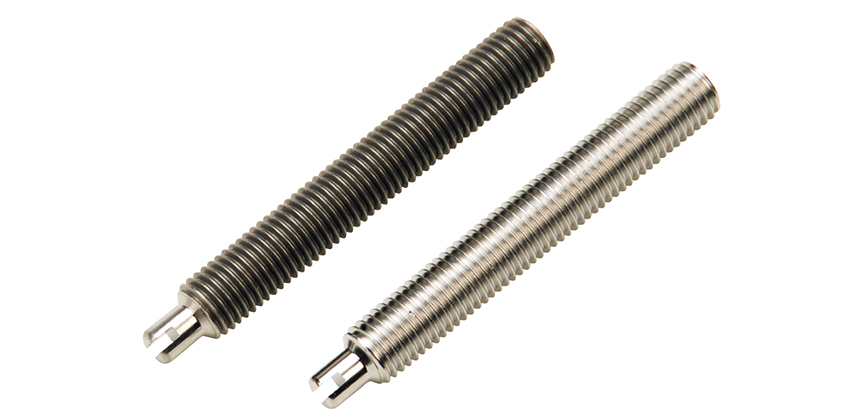
Stainless steel alloys are prized by manufacturers across industries for their durability and corrosion resistance. Unfortunately, when free iron isn’t removed from the surface of stainless steel parts after machining or stamping, the inherent benefits of stainless alloys diminish: contaminated parts are more vulnerable to corrosion – and less durable – than their contaminant-free counterparts.
Fortunately, finishing processes like passivation can be used to eliminate free iron, and restore stainless steel parts to mill condition. Passivation, a chemical cleaning process, effectively removes contaminants from the surface of stainless steel parts and enhances their corrosion resistance – without altering the part’s composition or aesthetics.
To learn why many – including those who manufacture medical devices and aerospace components – choose Able to passivate their stainless steel parts, watch our latest video: “Passivation: Improve the Corrosion Resistance of Stainless Steel Parts.”
Why Passivate Your Stainless Steel Parts
In addition to cleaning, passivation leaves a microscopic, chromium oxide surface layer on treated parts. This surface layer serves as an added line of defense against corrosion – which ultimately makes parts more durable. And, unlike other finishing solutions, including electropolishing, passivation doesn’t remove any surface material, which makes it a good fit for parts with very close tolerances.
All parts passivated by Able undergo an exacting process that, at a high level, includes:
- Pre-cleaning
- Tap water or deionized rinsing
- Drying
- A custom citric or nitric acid bath treatment
- Verification testing (when specified)
For more information about how passivation works, watch the video:
Is Passivation Right for Your Part?
While passivation delivers valuable benefits, it isn’t an appropriate solution for every part and metal alloy. If your part is made from an alloy that isn’t compatible with passivation, or needs burrs, heat tint, or other surface defects removed, electropolishing may be a better fit.
To learn how Able Electropolishing passivates parts, or for guidance about whether passivation is the right solution for your part, contact our team of metal finishing experts.




